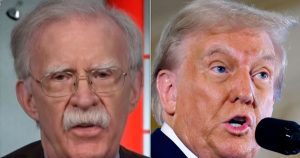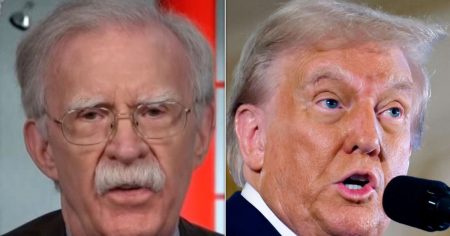Starbucks Announces Layoffs Amidst Global Restructuring Efforts
In a significant move to streamline operations and improve efficiency, Starbucks has announced plans to lay off 1,100 corporate employees globally. This decision comes as part of a broader effort by the company’s new Chairman and CEO, Brian Niccol, to restructure and simplify its corporate structure. Niccol, who took over the helm last fall, communicated this decision in a letter to employees on Monday. The layoffs will be implemented by midday Tuesday, with the company also eliminating several hundred open and unfilled positions. This move is aimed at addressing operational inefficiencies and ensuring better integration across the organization.
A Focus on Streamlining and Accountability
Niccol emphasized that the primary goal of this restructuring is to make Starbucks operate more efficiently, reduce complexity, and enhance accountability. He noted that the company’s size and structure had become a hindrance, with too many layers of management and roles focused on coordinating work rather than driving results. By streamlining the corporate workforce, Niccol hopes to create a more agile organization that can respond swiftly to market demands and customer needs. The layoffs are part of a broader strategy to ensure that all work is overseen by decision-makers who can act quickly and effectively.
While the layoffs will impact 1,100 corporate employees, it’s important to note that this does not affect the company’s baristas or store employees, who make up the majority of Starbucks’ global workforce of 361,000. Additionally, certain roles, such as roasting and warehouse staff, are also not impacted by the layoffs. This decision reflects Niccol’s commitment to preserving the company’s core operations while addressing inefficiencies in its corporate structure.
Starbucks Joins Other Companies in Corporate Restructuring
Starbucks is not alone in its decision to reduce headcount. Other major companies, such as Southwest Airlines and Bridgestone Americas, have recently announced similar layoffs. Southwest Airlines, for instance, eliminated 1,750 corporate jobs, representing 15% of its corporate workforce, in its first major layoffs in 53 years. Similarly, Bridgestone Americas closed a plant in Tennessee, resulting in 700 layoffs. These moves highlight a broader trend across industries, where companies are seeking to streamline operations and reduce costs in response to economic pressures and shifting market conditions.
Challenges Faced by Starbucks
The layoffs come as Starbucks works to address several challenges, including sluggish sales growth, increased competition, and shifting consumer preferences. In its 2024 fiscal year, the company reported a 2% decline in global same-store sales, with customers in the U.S. expressing frustration over price increases and longer wait times. In China, Starbucks’ second-largest market, the company faces stiff competition from cheaper rivals, which has further pressured sales. Despite these challenges, Niccol has already taken steps to address some of these issues, such as eliminating extra charges for non-dairy milk, which has been well-received by customers.
Niccol’s Vision for Starbucks’ Future
Since taking over as CEO, Niccol has outlined a clear vision for Starbucks’ future, focusing on improving customer service, streamlining operations, and reestablishing the company’s stores as community gathering places. He has emphasized the need to enhance service times, particularly during peak hours, and to better integrate the company’s operations to drive efficiency. Niccol has also experimented with changes to the menu and ordering algorithms to better handle the mix of mobile, drive-thru, and in-store orders, aiming to create a more seamless customer experience.
A New Chapter for Starbucks
As Starbucks embarks on this new chapter under Niccol’s leadership, the company is signaling its commitment to adapt to changing market conditions and customer needs. While the layoffs are a difficult step, they reflect the company’s determination to position itself for long-term success. With a focus on efficiency, accountability, and customer satisfaction, Starbucks aims to reclaim its position as a leader in the global coffee industry and a beloved gathering place for communities around the world.















